Crocodiles have a deep and varied evolutionary past. Now researchers are peeling back the layers to find out how the surviving species came to be.
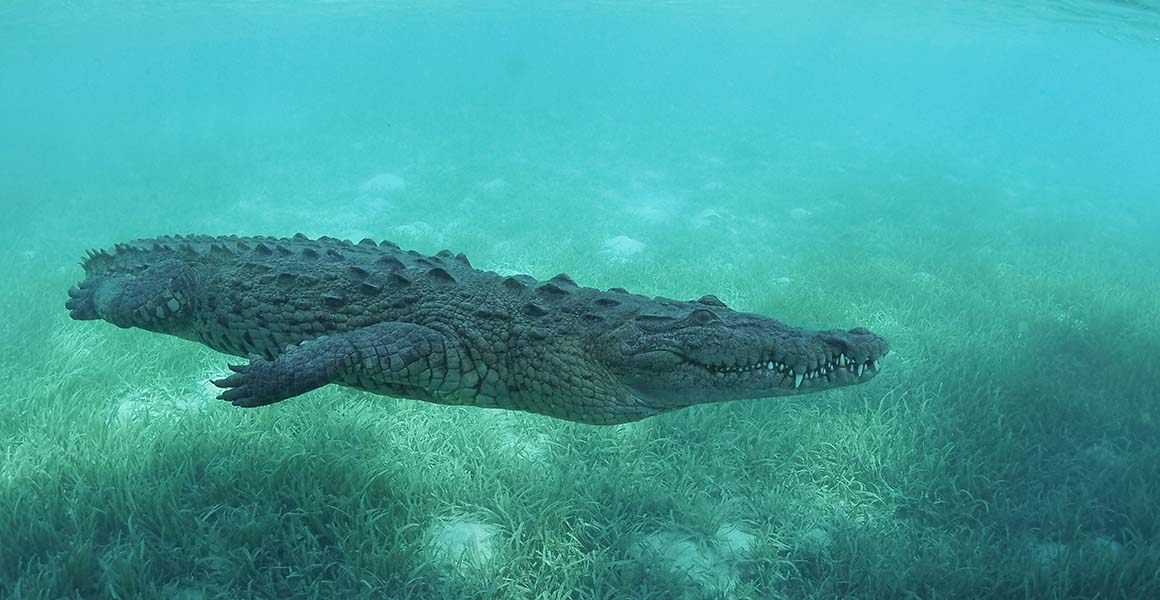
The ability of crocodiles to tolerate saltwater has allowed them to spread further than alligators ©Jesus Cobaleda/Shutterstock
There are around 28 living species of crocodilians found throughout the tropical and sub-tropical regions of the world.
But this is just a tiny fraction of the number of crocodile species that used to exist.
A pair of new papers has been delving into this rich evolutionary history, tracking where this group originated and how it spread around the world, as well as exploring the origin of their typical slow growth. Researchers found that the larger, modern group of crocodilians likely first appeared in Europe up to 145 million years ago.
Following on from this, the ancestors of crocodiles and alligators then split from each other in North America, with the ability for crocodiles to tolerate saltwater meaning that they were then able to spread much further around the world.
‘It seems most likely that the ancestors of today’s alligators and crocodiles evolved in North America, and then subsequent to that alligatorids [which includes alligators and caimans] stay more or less within the Americas while crocodiles get everywhere else,’ explains Professor Paul Barrett, a palaeontologist at the Natural History Museum who worked on both papers.
‘It looks like the ability to cross saltwater bodies has allowed crocodiles to become much more widely dispersed than alligators: crocodiles are found all over the world, including in tropical oceans, whereas alligators are confined to freshwater and unable to reach some areas. Different crocodile subgroups seem to have prospered and originated in different regions.’
In addition to that, Paul and his colleagues found that the slow growth rate of crocodiles was a secondary adaptation that was not found in their distant relatives. Their research also shows that crocodiles and birds, which are each other’s closest living relatives, have had completely opposite physiological strategies for over 220 million years.
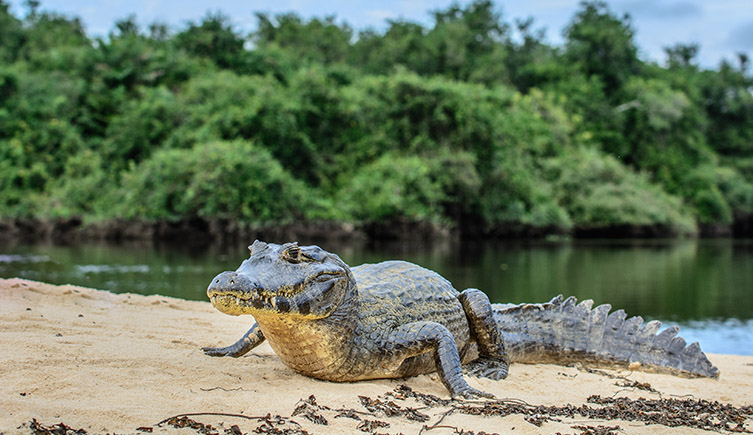
The fact that alligators and caiman are limited to the Americas is largely down to the fact they can't really tolerate saltwater ©Vaclav Sebek/Shutterstock
Diverse crocodilians
With their thick armoured skin, large teeth, slow lifestyles and predatory habits, crocodiles are often thought of as being unchanged from when dinosaurs roamed the land hundreds of millions of years ago. But this ignores their rich and varied evolutionary history.
The larger group which contains living crocodiles, alligators and gharials, called Crocodylomorpha, also includes hundreds of species which are no longer with us. While the only surviving animals are meat-eating, largely freshwater-adapted species, this was far from the case over the last 200 million years.
‘Some of these animals were large predators that preyed on dinosaurs,’ explains Paul. ‘But others were very small, fleet-footed animals that were probably preying on things like insects. There were even herbivorous crocodilians of various types, with very complicated - almost mammal-like - teeth, that might have been chewing plants before swallowing.’
This included animals such as Simosuchus, which looked a bit like a short-snouted modern-day armadillo but was likely feeding on fruits, tubers and ferns. There were also purely marine predatory crocodilians like the thalattosuchians that had flippers instead of feet and some small, lightly-built runners like Terrestrisuchus that looked a bit like reptilian whippets.
‘Crocodiles and their relatives were really experimenting with lots of different ways of life,’ says Paul. ‘They’re doing a surprising number of things. This is in great contrast to what we know about living crocodiles, which are all predators limited to living in the tropics with semi-aquatic or amphibious lifestyles.’
‘Living crocodiles are really a pale shadow of the diversity that they and their relatives had in the past.’
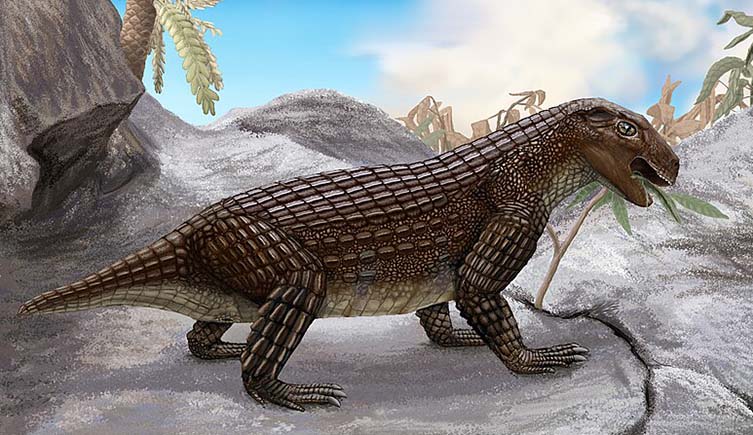
Some ancient crocodiles, like Simosuchus, were doing things vastly different to surviving species, such as eating plants ©Smokeybjb/Wikimedia Commons
This huge amount of diversity has allowed the researchers to explore the different animals’ life histories. This refers to how an animal lives, grows, and behaves.
Whilst we think of large reptiles as being slow-moving, slow-growing animals, this was not always the case. For example, some dinosaurs were enormous animals that we might expect to have grown slowly over their lifetimes. But instead, it is now thought that many of these gigantic animals were growing far quicker than would be assumed for their size.
And it turns out that the life history of crocodiles is equally complex.
Secondarily slow
Turn back the clock to the Triassic Period and the ancient crocodilians alive back then were far from lumbering, lethargic animals. The fossils of these creatures reveal that they were in fact fast-growing, active animals.
So when did crocodiles make the switch to taking things more slowly? It had been suggested that this occurred with the movement into water, that their growth slowed with the adoption of a semi-aquatic, lurking habits.
‘The first question was: is the slowdown in growth because of the crocodiles’ aquatic habits, or does it predate this?’ asks Paul. ‘And secondly, at what point in the evolution of crocodiles do they switch off their ancestrally high metabolism and re-evolve what looks like a reversion to a more primitive slow-growing condition?’
The fossils of an ancient crocodile-like relative dating to 220 million years ago seem to rule out the aquatic lifestyle theory. Despite being the earliest known crocodilian to show a slowed growth rate, this new animal lived way before crocodiles started exploring the water. But why this land-living animal evolved a slower metabolism is still up for debate.
‘It might be to do with the resources available at the time - they were living in reasonably resource-poor environments,’ explains Paul. ‘But interestingly, they are also living directly alongside the other big branch of archosaur evolution: the dinosaurs.’
‘Dinosaurs were doing something completely different, which was to grow fast. So while today we have slow-growing crocs and fast-growing birds, that difference has existed between these two big groups since at least the Late Triassic. But the reasons why they adopted those different strategies is still guess work.’
Paul and his colleagues were also able trace back the origin of Crocodylomorpha. They showed that this group first appeared in what would become modern Europe, before the ancestors of crocodiles and alligators split somewhere in what is now North America. From here, the salt-adapted crocodiles were better able to spread across the world and colonise Africa, Asia and Oceania, whilst alligators and their relatives were typically limited to the Americas.
- Read the paper on the evolutionary origins of crocodiles in Royal Society Open Science.
- Find out more about the origin of crocodiles' slow growth in the paper published in Current Biology.
- Learn more about what else Paul is working on.


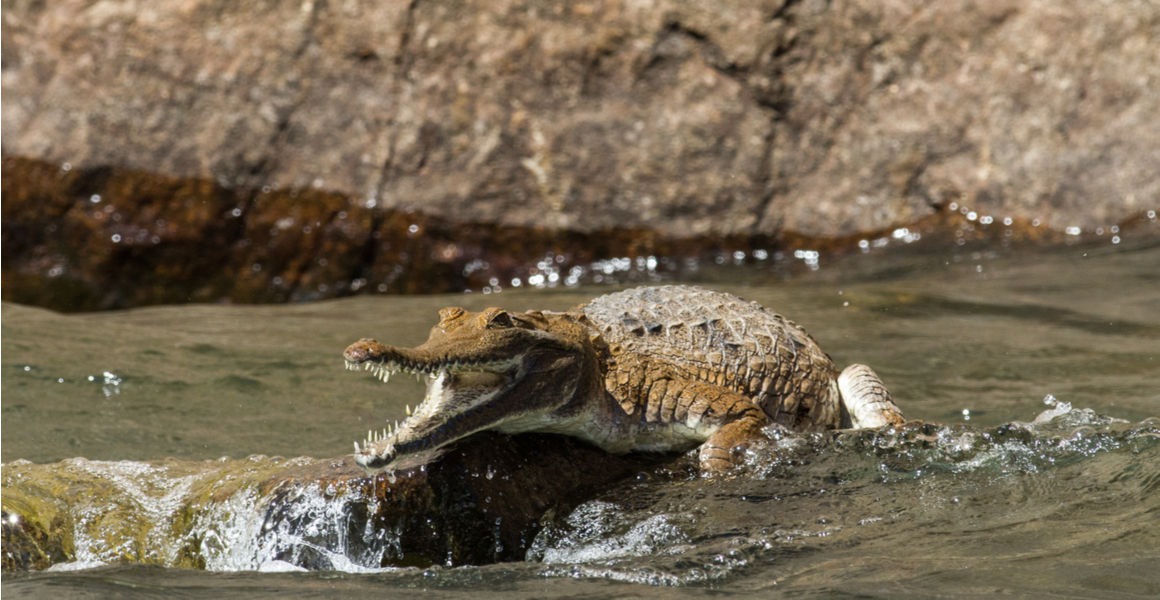
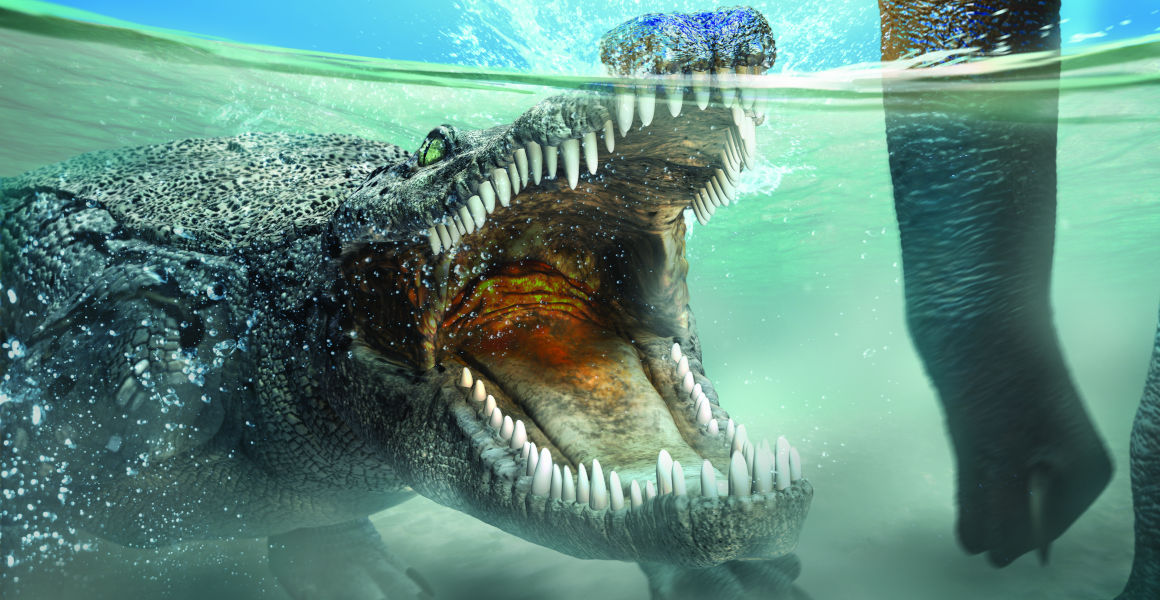
Don't miss a thing
Receive email updates about our news, science, exhibitions, events, products, services and fundraising activities. We may occasionally include third-party content from our corporate partners and other museums. We will not share your personal details with these third parties. You must be over the age of 13. Privacy notice.
Follow us on social media